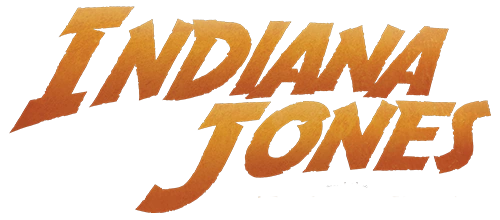No edit summary |
|||
| Line 1: | Line 1: | ||
{{Infobox Location |
{{Infobox Location |
||
|name = Library of San Barnaba |
|name = Library of San Barnaba |
||
| − | |image = [[File: |
+ | |image = [[File:Piazza.jpg|250px]] |
|located = [[Venice]], [[Italy]] |
|located = [[Venice]], [[Italy]] |
||
|locations within = |
|locations within = |
||
Revision as of 18:58, 26 August 2010
- Brody: "It looks like a converted church."
- Schneider: "In this case it's the literal truth. We're on holy ground."
- ―Elsa Schneider and Marcus Brody[src]
The Library of San Barnaba is a library on Piazza San Marco[1]near the Canale Grande in Venice, Italy[2]. The library building was originally a medieval or Renaissance church[3], and contained columns brought back as spoils of war from the sacking of Byzantium during the Fourth Crusade. It also contained stained glass windows with images of the knights of the Crusades, and mysterious Roman numerals. The church itself had been built over the site of a monastery run by early Christian monks, who had built the catacombs that lay under the city.[1].
History
In 1938, Holy Grail historian Henry Jones, Sr. and Elsa Schneider came to the library to help find the tomb of one of the Grail knights, as part of an expedition financed by Walter Donovan. Jones was on the track of discovering the Knight's tomb below the church when he realized that Schneider was a Nazi agent, and sent his Grail Diary to his son for safety. Jones was then kidnapped by Nazi agents and taken to Castle Brunwald.
Donovan then hired Indiana Jones to pick up in his father's place, and the younger Jones and Marcus Brody traveled to Venice, and met Schneider, who took them to the library. She revealed a clue left behind by the senior Jones involving Roman numerals. From reading his father's diary, Indy realized that the tomb was somewhere in the church, and used the Roman numerals to find the spot to enter the catacombs. Breaking through the tiled floor with a cordon post (and puzzling a librarian with the noise), Jones discovered a way into the catacombs. While Jones and Schneider slipped below the library, Brody was ambushed by Kazim and his men from the Brotherhood of the Cruciform Sword, who dragged Brody's unconscious body away, and then followed Jones into the underground tombs.
After finding the Knight's tomb and escaping a fire set in the catacombs by Kazim, Jones and Schneider emerged from a manhole in the piazza in front of the library. Kazim's men spied the wet pair and chased them to the docks, where the pursuit continued by motorboat.[4]
A Venetian newspaper, "La Gazzetta di Venezia" covered the damage to the library, and the speedboat chase. Indiana Jones kept a clipping of the article "Ugly American on Rampage" in his journal. The article blamed an unidentified American tourist for smashing the library floor, causing a fire below the library, and leading speedboats on a chase through the docks.[5]
Behind the scenes
The exterior shots of the library are actually the Church of San Barnaba in Venice, located in the neighborhood of Campo San Barnaba, west of the Grand Canal.
The Lost Journal of Indiana Jones identifies the library as being the library of San Barnaba in the newspaper clipping, but the map of Venice in the journal identifies the library's location as being near The Jesuits (church) near the Cirdeca Canal, and not at the San Barnaba location. It is likely that Jones was mistaken when he circled the location of The Jesuits on the map.
Indiana Jones: The Ultimate Guide lists the location of the library as being on Piazza San Marco, east of the Grand Canal, which is the main piazza of Venice, and home of St. Mark's Basilica.
The novelization of Indiana Jones and the Last Crusade identifies the building as that of Marciana Library on Piazza San Marco.
Appearances
Sources
Notes and references
- ↑ 1.0 1.1 Indiana Jones: The Ultimate Guide
- ↑ The Lost Journal of Indiana Jones identifies it as the library of San Barnaba, and places it next to the Canale Grande
- ↑ The Ultimate Guide refers to the church as Renaissance, while The Lost Journal calls it medieval.
- ↑ Indiana Jones and the Last Crusade
- ↑ The Lost Journal of Indiana Jones
